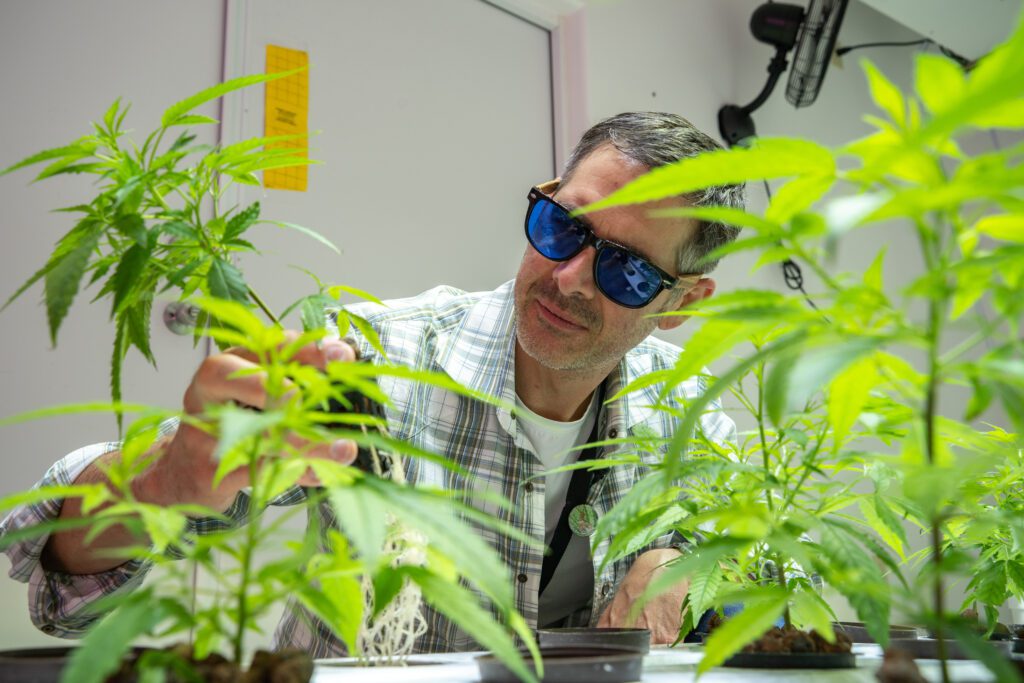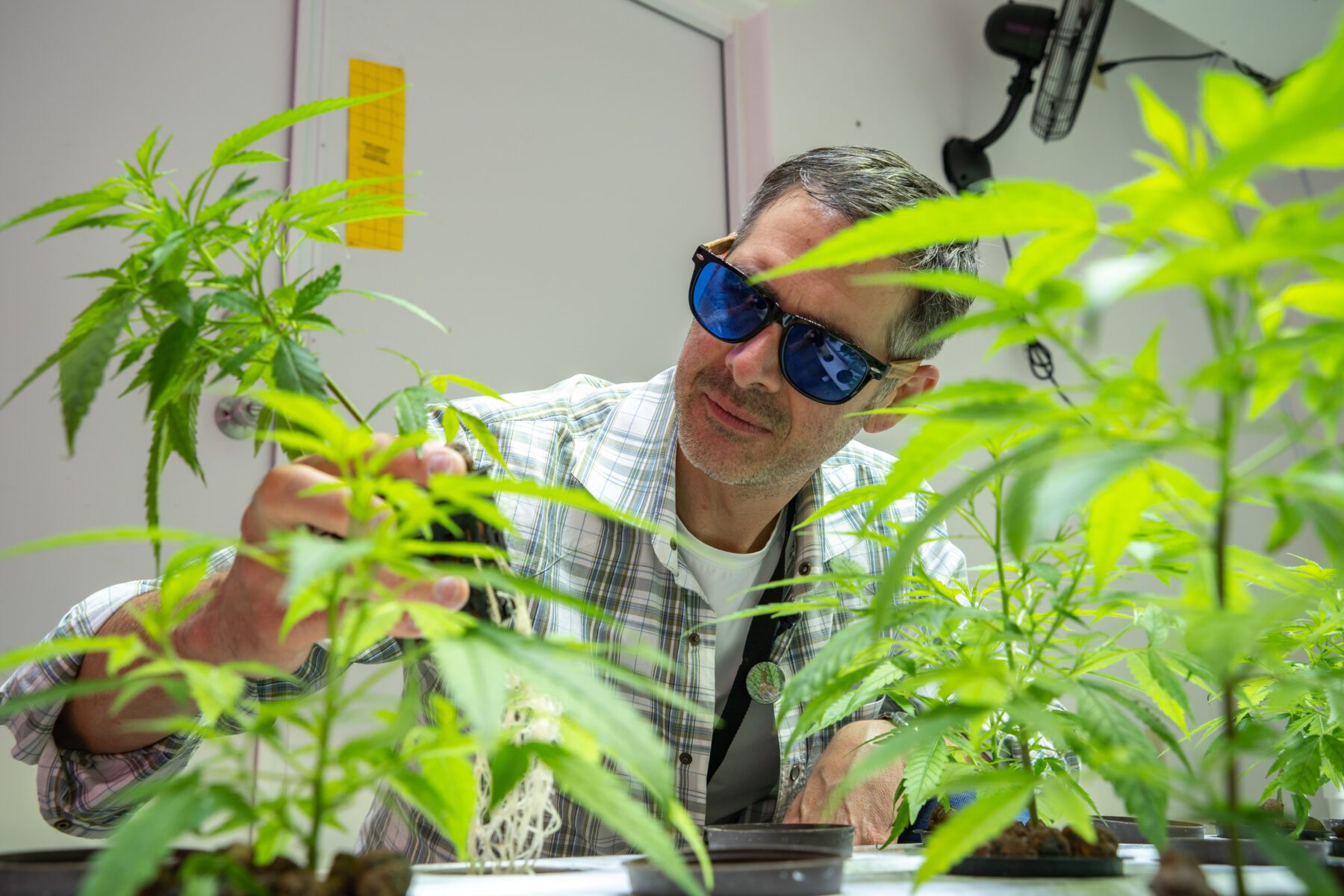
The Bumps, Twists and Turns on the Road to Legal Cannabis; Downtime in the Cannabis Market
In the cannabis market, peaks and valleys are normal. Since American states began to follow California to legalize adult use medically, recreationally or both, the industry has remained volatile and ever changing. As other markets go up and down, so does cannabis.
As more states and countries accept cannabis as an industry with potential to create jobs and jump start economies, few industries can compare to the above average surge in demand for its related products. But similar to all other industries, things that go up, must come down.
At the dawn of the pandemic, cannabis saw a surge like no other, so much so that in many legal states it was deemed an essential service. Folks were told to stay home and given extra money, turning to pot to cope with anxiety stemming from the uncertainty of a global pandemic. Years later, many are struggling financially, and the result is a slowing cannabis market.
According to reports, states with the most established markets, such as California and Colorado, are seeing a decline in sales.s. In 2019, Oregon produced more product than every man, woman, and child in the state could consume, but leveled out its stash during Covid – when demand surged.
The Legal vs Illegal Cannabis Markets
As retailers attempt to push an abundance of product at discounted prices, competition from a thriving illicit and untaxed market is also a factor. Some consumers prefer the bulk prices of their local grower who don’t have to jump through the same compliance hoops as their legal counterpart, making their product less expensive, and therefore more enticing to an end user.
While this push and pull is relatively normal, mixed feelings among investors abound as some are finding that their funding is drying up, and others are forced to be more selective in the legal businesses they finance. Some licensees, particularly in California, are choosing not to renew licenses in the hope that the market will stabilize, keeping the industry in a state of ongoing internal consolidation.
The illicit market continues to compete with and tempt the legal market. In many cases, it’s more cost effective for competitors to obtain bulk product from states like Oklahoma, where the cost of living and land is far cheaper than a state like California. Oklahoma recently rejected a ballot measure that would have legalized recreational marijuana, in favor of stricter control of their medical industry, which state representatives say has gotten out of hand, mostly due to an increase in crime. While this may be bad news to state residents eager for easy access, it’s good news for the illicit market, which can still compete with a limited market within the state.
Cannabis Industry Awaits Federal Regulation
Tensions are high and energy is low as the industry awaits federal regulation and bank reform to create a simpler financial path for investors and licensees alike. Smaller players are more likely to give up and go home, whereas cannabis veterans who have lasted through greater storms than this are more likely to brace themselves and survive, even if they have to turn to the illicit market to do so.
Since the market is state-by-state, choosing cannabis stocks can be tricky, and varied taxes can put operators at a disadvantage. But operating issues seem to be more difficult in the west coast markets, rather than the markets east of Mississippi where prices are less competitive, and the regulatory environment has frequently created constrained licensing.
Cannabis Regulations from New York to Germany
New York’s extremely limited and regulated adult cannabis use laws have also inspired a push in the illicit market, creating a surge of competition between the two that Mayor Eric Adams vowed to admonish. Despite this, New York and many other states in the eastern region have the most potential for significant opportunity, with the annual sales total across these markets expected to grow 30% in 2023.
Globally, Mexico is expected to soon lean into legalization, after experiencing a medical market since 2017, and a bill to legalize recreational marijuana in the works. Germany is expected to compete with Mexico as one of the largest international contributors to global sales growth from now until 2026.
Evolution of the Retail Cannabis Market
For consumers, the market is in constant evolution to keep up with trends and showcase cannabis in new ways. Dispensaries tempt consumers with accommodating services like online ordering, curbside pickup, and even delivery. As more studies of the plant itself emerge, so do trendy products that boast additional features, such as novel cannabinoids and terpene profiles, which were unseen and unheard of, prior to legalization.
Social media is now impactful enough to affect consumer trends through influencer hype, whether it be for a new strain, vape, or dabbable product; a popular content creator can make or break a trend or brand in the weed business. It seems the public no longer trusts corporate advertisements, but gravitate towards a more personable review of a product posted by their favorite cannabis users.
The Future of Cannabis and Federal Regulations
It is difficult to predict when federal regulation will take place without a crystal ball of some kind. Whatever happens though, there will undoubtedly always be a smaller market, illicit or not, in which cannabis lovers prefer growing and distributing their own plants and products, rather than going through the painstaking process of obtaining a license and following laws, which are always subject to change.
The downside to illegal weed is of course a lack of testing, but that’s something many consumers are willing to dismiss in favor of supporting a local grower. Much like alcohol, marijuana aficionados will likely always be able to find locally crafted (and perhaps untaxed) products, while the average consumer will be content with popular legal brands and trending products out of convenience.
Despite the current downtrend in the cannabis market, the volatility and power of trends or global events like a pandemic have the power to revive it at a moment’s notice. But when federal regulation finally arrives, what will the markets look like then? Like every industry, cannabis is vulnerable to a corporate takeover, and many companies continue to be swept under the umbrellas of wealthy monoliths that threaten to become the next WalMart, Costco or Amazons of weed. The most powerful investors are more likely to come out on top in an industry that over 60% of Americans support fully legalizing. Until then, cannabis will continue going through growing pains as prohibition comes to an end one bill at a time.
Work With Green Belt Strategies
Applications can be stressful, fees aren’t always refundable, and if you don’t know what you’re doing you risk losing both your application and chance to apply for a cannabis license ever again in that State. If you’re feeling overwhelmed and looking to streamline your application process, consider working with Green Belt Strategies.
During the 30-90 days your application can take, GBS helps you organize and strategize in order to highlight your personal mission, goals, and to differentiate you from the competition. Never go into the application process blind! Education and knowledge is essential, which is why hiring professionals to help you achieve your dreams is your best bet.
[sources]
Q&A: What’s allowed under New York’s new cannabis law
Marijuana sales decline after pandemic surge
BDSA’s 2023 Cannabis Market Predictions – BDSA
Cannabis Market Forecast: 5 Top Trends That Will Affect Cannabis in 2023
Cannabis Market Analysis – Industry Report – Trends, Size & Share
53 Fascinating Cannabis Industry Statistics: 2023 Data Analysis & Market Share

